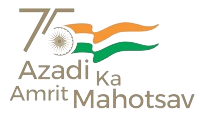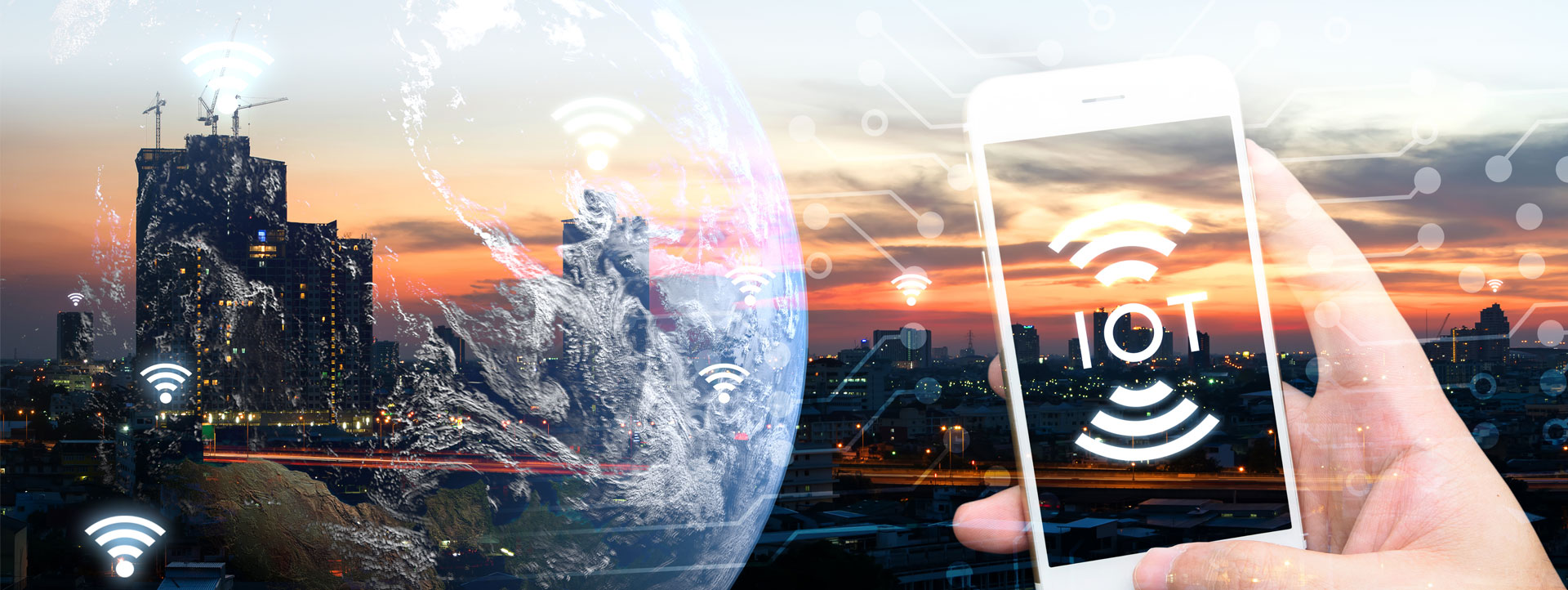The Internet of Things (IoT) is a network of physical objects that can collect and share data through embedded sensors, software, and network connectivity. IoT devices, also called “smart objects”, can communicate with each other and other internet-enabled devices.
Here are some things to know about IoT and data transmission:
Network layer
The network layer connects IoT devices to network systems and servers. It uses communication protocols and unified formats to route and control data transmission.
Protocols
Some IoT protocols include:
Open Charge Point Protocol: An open communication protocol for electric vehicle and smart grid charging infrastructure
IEC 62056: A standardized protocol for smart meter data transmission
OBD2 (On-Board Diagnostics): A vehicle diagnostic and communication protocol
CAN-BUS (Controller Area Network): A vehicle diagnostic and communication protocol
OPC UA: A standardized protocol for secure data exchange between machines and systems
Wireless M-Bus: A protocol for reliable, secure, and energy-efficient communication of measurement data over long distances
Security
The more things are connected, the greater the security risk. To protect individuals, businesses, and governments, security standards are needed.
Data management
Smart objects produce large volumes of data that need to be managed, processed, transferred, and stored securely.






